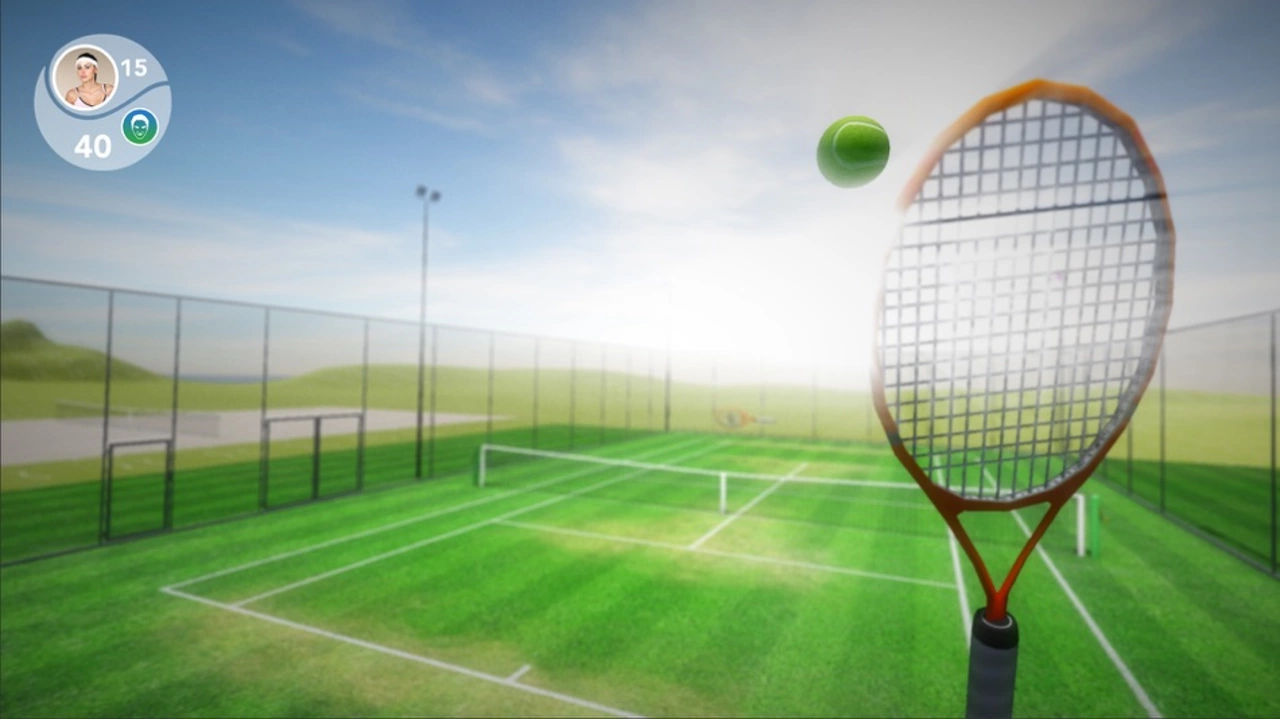Comparison Guide: Choosing the Right Tennis Gear, Techniques and Training
If you’ve ever stood in a shop or browsed online wondering which racket, string tension or training drill is the best fit, you’re not alone. Comparing options can feel overwhelming, but breaking it down into simple categories makes the decision a lot clearer. This guide will walk you through the main things to weigh when you compare tennis gear, spin techniques and recovery plans.
How to Compare Tennis Gear
Start with the basics: racket weight, head size and balance. A lighter racket (around 10‑11 oz) gives you more maneuverability for quick net play, while a heavier frame adds power on baseline strokes. If you love volleys, go for a head‑light balance; if you prefer heavy topspin, a head‑heavy model will help.
Next, look at string type and tension. Polyester strings last longer and give a firmer feel, which is great for players who hit hard. Natural gut offers the best feel and spin but needs higher tension (55‑60 lbs) to stay stable. Test a few setups on the court – the feel of the ball in the sweet spot tells you more than any spec sheet.
Comparing Spin Techniques
Spin is a game‑changer, and there are two main ways to generate it: topspin and slice. To compare, try the continental grip for slice and the semi‑western grip for topspin. When you brush the ball with a low‑to‑high swing, you’ll see the ball dip later and bounce higher – that’s topspin. For slice, swing high‑to‑low and keep the racket face open; the ball will stay low and skid.
Practice both on the same ball and note the control you have. Most players find topspin easier for baseline rallies, while slice works well for approach shots and defensive play. Pick the technique that matches your style and practice it consistently.
Comparing Training and Recovery
Training methods can be split into on‑court drills and off‑court conditioning. On‑court, compare repetitive rally drills with game‑scenario drills. Repetitive drills improve muscle memory, but scenario drills teach you decision‑making under pressure. Mix both for balanced progress.
Recovery is just as important. If you’ve dealt with tennis elbow, compare rest‑only approaches with a structured program that includes physiotherapy, stretching and, if needed, a brace. Many players see faster relief when they combine gentle elbow braces with targeted forearm exercises, rather than relying on medication alone.
Finally, don’t forget to compare your progress regularly. Use a simple log: record the gear you used, the spin technique you practiced, and any pain or fatigue levels after each session. Over a few weeks you’ll spot patterns – maybe a lighter racket reduces elbow strain, or a specific grip gives you more spin without extra effort.
At Gloucestershire Tennis Hub we love helping players make smart comparisons. Whether you’re picking a new racket, mastering spin or fine‑tuning recovery, the key is to test, note, and adjust. By comparing the right factors, you’ll find the setup that feels natural and lifts your game.
Tennis Tournament Web Applications

What is the best web application for a tennis tournament?
In my search for the best web application for tennis tournaments, I've found that Tennis-Tournament.com really stands out among the rest. It offers an intuitive interface for organizing and managing competitions, allowing users to easily create brackets, schedule matches, and track results. Additionally, it provides useful features like live scoring, player profiles, and communication tools for participants. Overall, Tennis-Tournament.com has proven to be a reliable and user-friendly platform that greatly simplifies the process of hosting a successful tennis tournament. I highly recommend giving it a try if you're looking to streamline your next event.